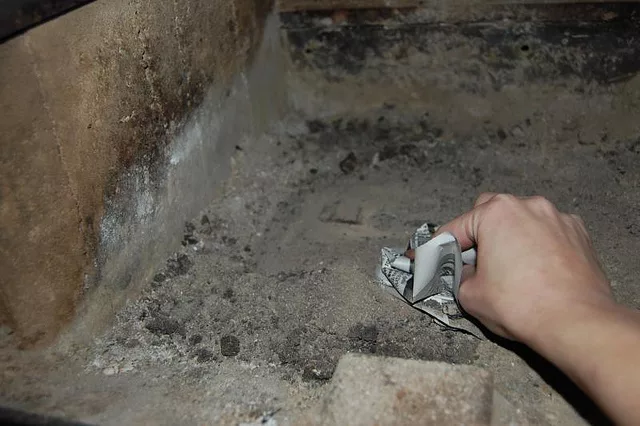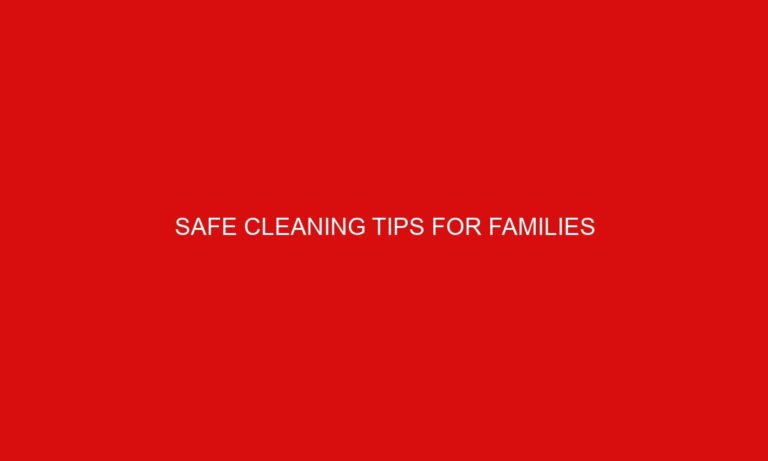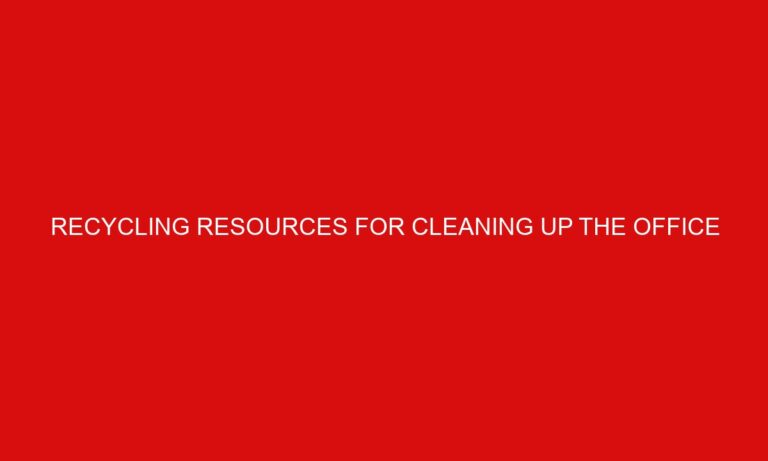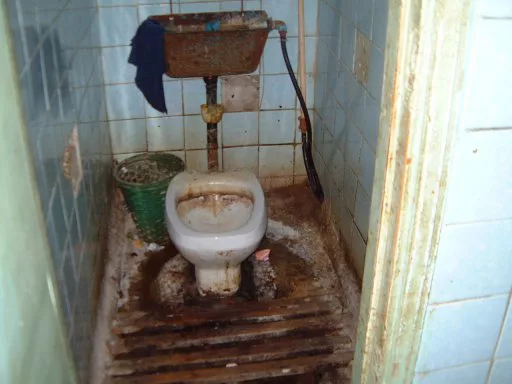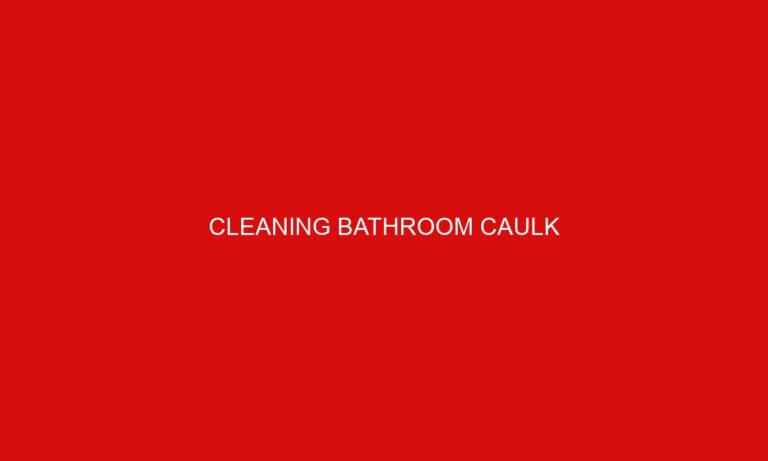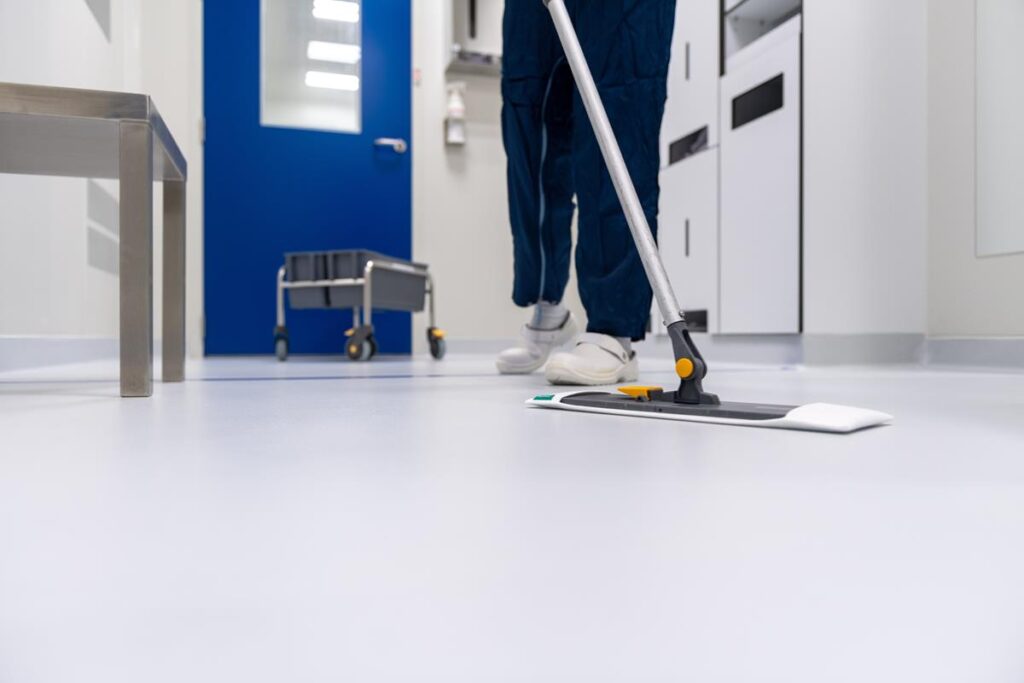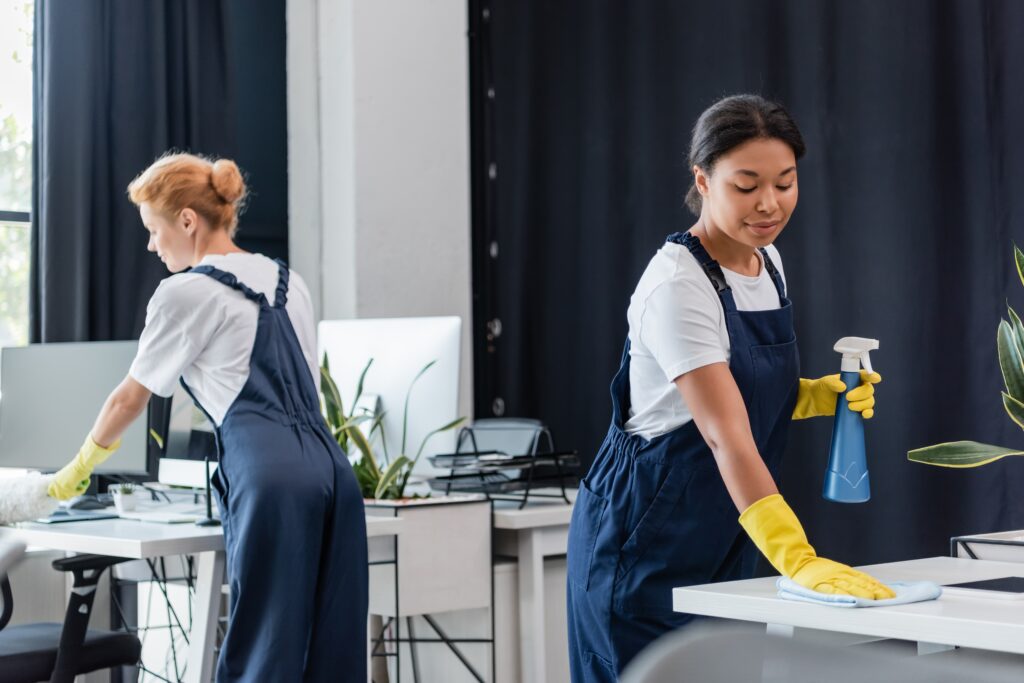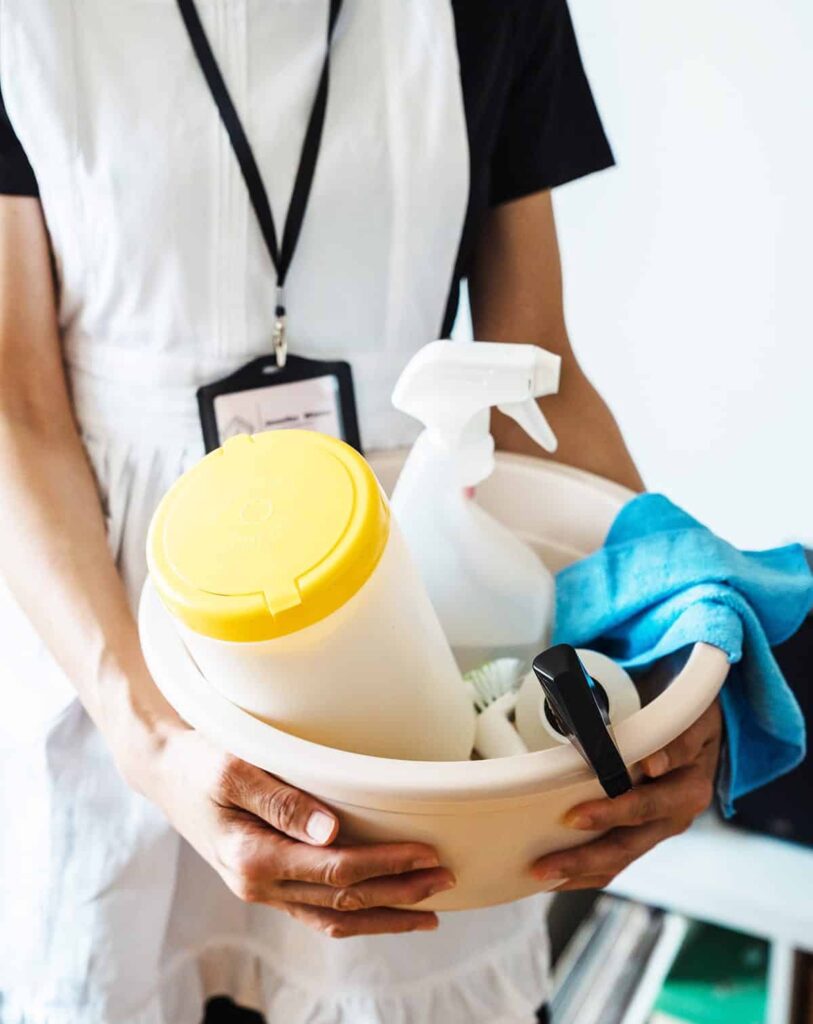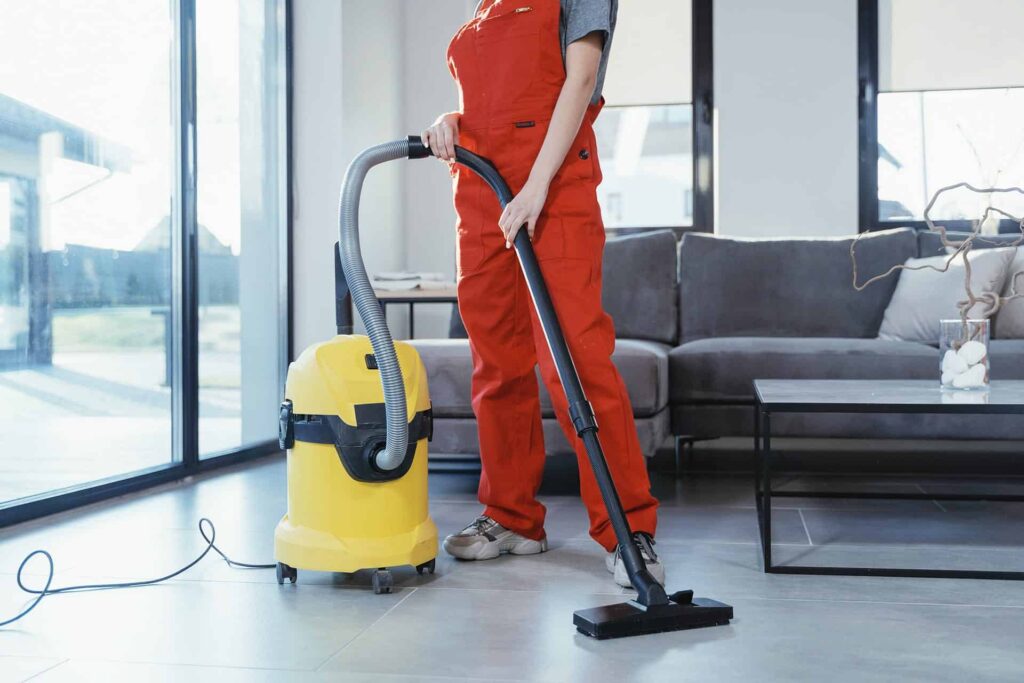How to Clean Your Fireplace, Woodstove, or Chimney
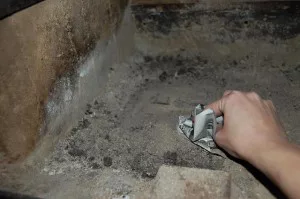
The big winter freeze is coming. During it, you’ll likely want to harness the cozy comfort of your fireplace. If you want to enjoy the warm glow during the holidays, it’s best to maintain and clean your chimney, woodstove, and fireplace now. At least once a season, you should give everything a good cleaning: Un-inspected and unclean chimneys are the one of the top sources of residential fires in New York state. To increase the efficiency of your fires and make your home safer and more comfortable for everyone, clean these items thoroughly before starting to use them again.
Cleaning the Chimney
Let me be clear here and state that this is not a DIY project. Even the DIY Network doesn’t recommend doing this yourself. There are several reasons why: You’d need to climb on top of your roof. The stuff that you’d be cleaning up is a caked-on residue of ash and soot called creosote, which can irritate the skin and eyes, so proper masks are needed. And everyone’s chimney is a little bit different, and expert knowledge is required to find the problem areas. (Remember, if it’s not cleaned and inspected properly, a clogged or damaged chimney can cause a fire.)
Before a professional pulls in the drop cloth and starts to suck up the debris with a high-powered vacuum cleaner and those characteristic bristles (which always remind me a bit of a Charles Dickens novel), they’ll inspect the lintel, bricks, and damper, and they’ll look at the inside and outside of the chimney for cracks. This routine inspection is important because a damaged chimney can be even more problematic than a dirty one.
How often should you call a professional to check it out? It depends on a few things, including the frequency of use and the type of wood burned. It should at least be done once a year, or when the caked-on creosote is about a quarter of an inch thick.
Cleaning a Woodstove
The actual woodstove may be something you can clean yourself, on the other hand, and a dirty stove won’t operate as efficiently as a clean one.
Cleaning a woodstove’s chimney, called the stovepipe, may be another process that should involve a professional once a season, as this also involves getting up on the roof. It’s a bit simpler than a proper brick chimney, though. Just be sure to take the proper safety precautions and to don safety equipment (such as gloves, goggles, and a mask). After removing blocking firebricks, then removing the top of the pipe on the roof, you’ll need to scrape the creosote with a putty knife at the top and then use a chimney brush to loosen buildup. This will fall into the woodstove, which can be scooped up as you clean the box.
The secret to cleaning the stove itself is to let your stove and its contents cool completely, so that it’s cold to the touch and there are no embers inside. (To be completely sure, knock around the ashes a bit to see if there are any embers.)
- Dumping out the ashes: Make sure that you have a drop cloth around the stove and that your receptacle is metal rather than plastic. It should have a cover, so that any potential embers can be smothered. Scoop out the ashes into the container, close it, and then let them sit for 48 hours before throwing them out. Sometimes, stoves like this might have a tray for the ash: If so, check that as well.
- Cleaning the glass: Here’s a little trick for you: Dampen some newspaper and place it in the white ash. The white ash contains calcium carbonate, which is a mildly abrasive liming agent, so you can clean with it. Take your damp newspaper covered in the ash and rub it on the glass of your stove. Then, wipe the excess away with a clean, soft towel.
- Vacuum the box: Using a heavy-duty vacuum, you can suck up the debris around the corners of the box and around the seal. Also, check out the smoke shelf while you’re doing this (which is at the back and top of the woodstove).
- Clean the exterior of the stove: Using a combination of vinegar, water, and soap, clean the exterior if you have a ceramic stove. If your stove is cast iron, don’t use this solution: Use a stiff brush and a vacuum cleaner instead.
Cleaning the Fireplace
Cleaning up your fireplace is the simplest thing to do yourself and can help your fireplace be more efficient and safer. That being said, it’s still a good idea to don a pair of rubber gloves and put on a face mask and goggles so you don’t irritate your skin or eyes with the creosote.
- Safely removing the ashes: When you’re cleaning a fireplace, use some of the same tips as with a woodstove. Make sure the ashes are dead and cold, and then gather them into a metal container with a lid and let that container sit for 48 hours before throwing them away. Be sure to sweep the sides of the fireplace, and suck up the rest from corners and tight areas with a heavy-duty vacuum.
- Clean the grate: Remove and scrub down your grate with a wire brush for a bit. That simple motion will remove the majority of the gunk.
- Clean the doors: If you have glass doors, you can use the same technique as above: Use a damp cloth and white ash, and then wipe away the excess. I’ve heard you can also use a solution of vinegar, water, and ammonia, but the ash works fine.
- Clean the exterior: For firebrick exteriors, create a cream out of equal parts dish soap and salt. Place it on the exterior and let it sit about ten to 15 minutes. Then, scrub it away with the wire brush.
With all of these different cleaning tips, the best tip is to be proactive: Burn the right types of woods. Don’t burn “green” wood, wet wood, pressure-treated wood, particle board, or any woods with chemicals applied to them. Seasoned, dry wood is the way to go. Doing this will often result in less creosote.
Contact Us
Get a quote
Your satisfaction is our priority, and we’re here to assist. Reach out to Busy Bee effortlessly by contacting us. Whether you have questions, need a custom quote, or want to discuss your cleaning requirements, our friendly team is ready to respond promptly. Connecting with us is the first step towards a cleaner and more comfortable environment for your home or business.
Call us for a quote today!
Contact Us
Get a quote
Your satisfaction is our priority, and we’re here to assist. Reach out to Busy Bee effortlessly by contacting us. Whether you have questions, need a custom quote, or want to discuss your cleaning requirements, our friendly team is ready to respond promptly. Connecting with us is the first step towards a cleaner and more comfortable environment for your home or business.

